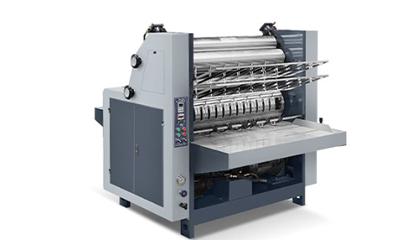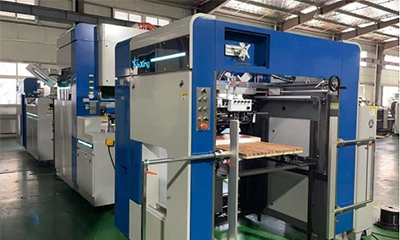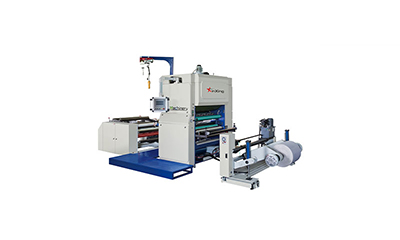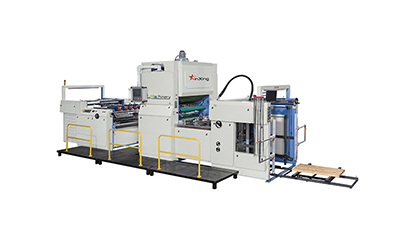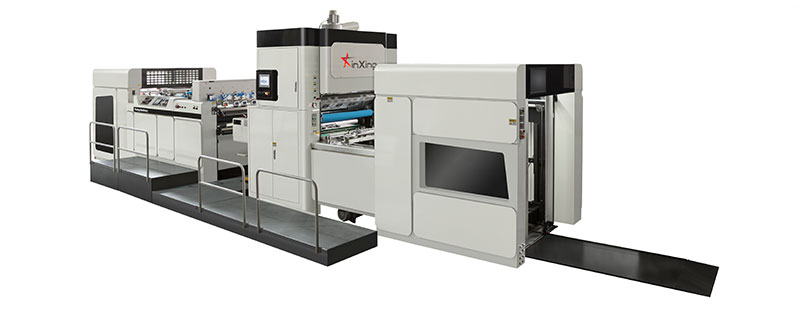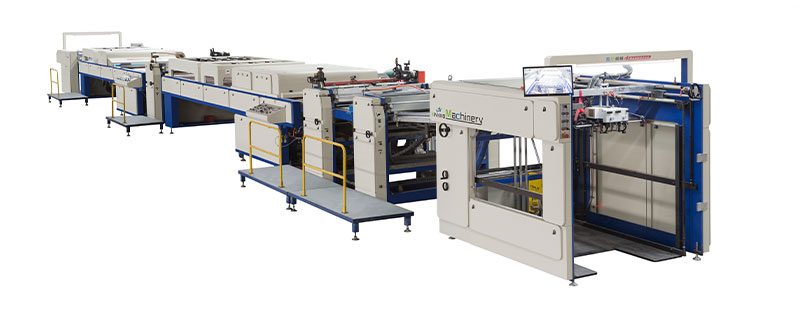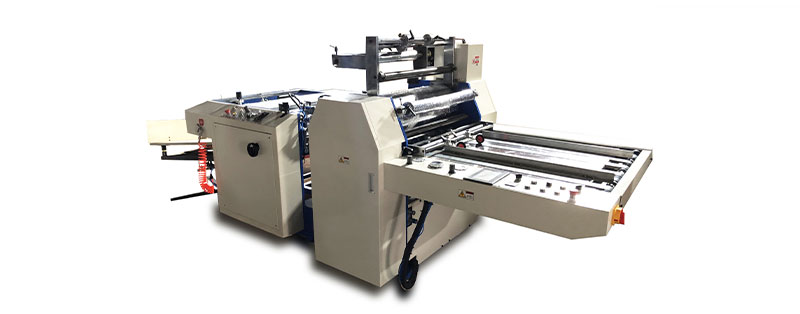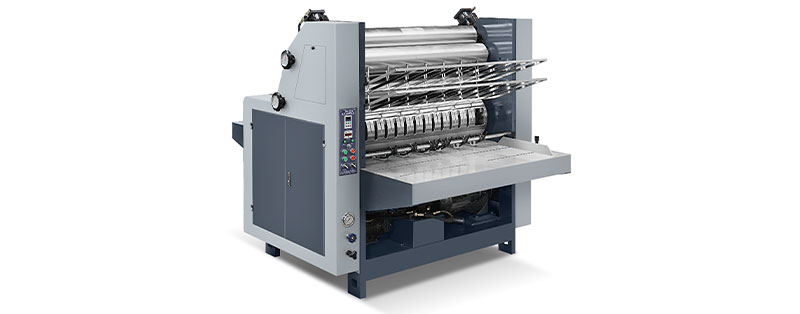Yes, pure cellulose-based paper is inherently biodegradable, breaking down naturally through microbial activity. However, the degradability of modern paper products—especially those enhanced through composite processing—depends on their composition and end-use design.
Core Factors in Paper Biodegradability
1. Natural vs. Processed Paper
• Uncoated Virgin Paper (e.g., newsprint, kraft paper): Composed primarily of plant fibers, these degrade efficiently in compost (2–6 weeks) or landfills (6 months–2 years), thanks to microorganisms that break down cellulose.
• Engineered Paper Products: Composite processing—such as laminating, coating, or bonding paper with other materials—evolves paper into high-performance materials for industries like food packaging, pharmaceuticals, and luxury goods. While these treatments may introduce non-cellulosic layers (e.g., polyethylene, foil), they serve critical functions like moisture resistance, shelf-life extension, and structural reinforcement.
The Role of Composite Processing in Modern Paper Use
Composite technologies, including lamination and co-extrusion, are widely used to:
• Enhance Functionality: Create waterproof packaging for frozen foods, barrier layers for medical devices, or durable cartons for electronics—applications where pure paper alone would fail.
• Meet Industry Standards: For example, aseptic beverage cartons (a composite of paper, plastic, and aluminum) ensure product safety during long-term storage without refrigeration, a breakthrough enabled by advanced bonding techniques.
• Balance Performance and Sustainability: Many modern composite papers now use bio-based polymers (e.g., plant-derived PLA) or recyclable laminates, allowing degradation or recycling while retaining structural benefits.
How Composite Layers Affect Degradation
While synthetic layers in traditional composite papers (e.g., polyethylene linings) can slow biodegradation, industry advancements are addressing this:
1. Degradation Spectrum:
• Mildly Treated Papers (e.g., water-based ink coatings): Still largely biodegradable, with decomposition delays of 10–20% compared to pure paper.
• High-Performance Composites (e.g., multi-layer food packaging): Designed for durability, these may require specialized recycling (if mono-material) or industrial composting (if bio-based) rather than natural degradation.
2. Innovation Focus: Researchers and manufacturers are developing recyclable composite structures and fully biodegradable laminates that maintain functionality while enabling end-of-life sustainability.
Environmental Conditions and Degradation Rates
1. Composting and Recycling Priorities
• Industrial Composting: Ideal for uncoated or lightly treated papers, breaking them down efficiently under controlled heat and moisture.
• Composite Paper Management: Many composite products—especially those using recyclable polymers—are now part of closed-loop recycling systems, reducing reliance on biodegradation as the sole disposal method.
2. Myth vs. Reality
• Myth: "All composite paper is non-biodegradable and harmful."
• Reality: While traditional plastic laminates pose challenges, modern composite technologies increasingly prioritize recyclability and bio-based materials, aligning with global sustainability goals.
Sustainable Innovations in Composite Paper
The paper industry is driving progress through:
• Bio-Inert Coatings: Starch, chitosan, or beeswax-based coatings that enhance water resistance without compromising biodegradability.
• Mono-Material Design: Using a single polymer (e.g., PP or PLA) for both paper and laminate layers, enabling easier recycling or composting.
• Degradable Adhesives: Developments in eco-friendly bonding agents ensure composite layers separate more easily during recycling processes.
Conclusion
Paper’s biodegradability is a nuanced topic, influenced by its composition and the technological advancements applied during manufacturing. While pure cellulose paper remains inherently biodegradable, composite processing plays a vital role in creating specialized materials that meet modern industry needs—from food safety to product protection. By prioritizing sustainable innovations like bio-based laminates and recyclable composites, the industry continues to balance functionality with environmental responsibility.
For consumers and businesses, the key is to match paper type to its end use: choose pure, uncoated papers for disposable or compostable applications, and leverage composite technologies for products requiring enhanced performance—ensuring both practicality and progress toward a circular economy.
Tag: #Laminating Machine


